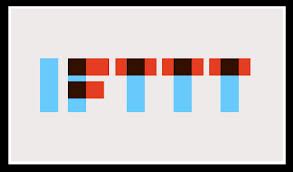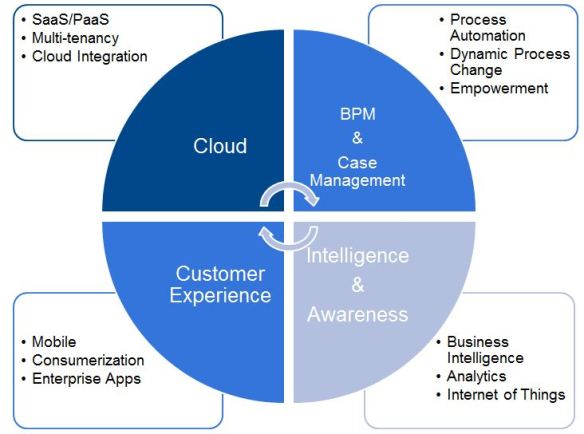I know it’s open season on banks at the moment and writing a blog post on how bad banks are at customer service is like taking sweets from a baby. It’s definitely not the most original topic but hey I can’t help it and I’ll explain why later.
Two banking related problems stumbled into view this week.
First of all this week the RBS in the UK suffered a SW upgrade fault that caused problems for millions of their customers. Thousands of customers failed to have money transferred into or out of their accounts leading to significant problems. Now we all know every company makes mistakes, what differentiates leading customer service organizations however is how they respond when problems occur.
So how did RBs respond? Well here’s one example where they left a customer stranded at a Spanish airport for 4 days and wouldn’t increase his credit limit to allow him to proceed with his holiday plans.
It’s not as though this problem was completely unexpected either. They had a similar glitch last year as well.
The second banking event of the week concerns the ongoing problems I’m having with my own bank. In my white paper on how organizations can use Case Management to transform ustomer service I describe how last year it took them over 3 months to process a name change on my account. This year it’s taken them 4 months to process my car loan application. Some of the classic customer service issues I experienced were:
- Repeatedly having to submit proof of identity information.
- Failing to update me on the status of my application.
- Failure to meet any SLAs.
- Having to interact with multiple poorly connected departments
- Failure to have any coherent complaints management process
Both these events are clear examples of poor customer service processes. In the first case an inability to quickly adapt business process in response to unpredictable events and in the second an inability to manage processes that cross multiple departments and involve multiple participants.
So I hear you say, well if the service is so bad with your bank why don’t you leave? To explain why I don’t leave I’m going to quote Alvy Singer. Alvy Singer is the hero from Woody Allen’s Annie Hall movie and towards the end of the movie he uses a joke to explain why he keeps putting himself through the wringer of his bad relationship with Annie.
Alvy Singer [narrating] this guy goes to a psychiatrist and says, “Doc, uh, my brother’s crazy; he thinks he’s a chicken.” And, uh, the doctor says, “Well, why don’t you turn him in?” The guy says, “I would, but I need the eggs.” Well, I guess that’s pretty much now how I feel about relationships; y’know, they’re totally irrational, and crazy, and absurd, and… but, uh, I guess we keep goin’ through it because, uh, most of us… need the eggs.
I guess I’m the customer service equivalent of Alvy singer. I need my bank because I need their eggs. I need them to continue to show me how bad customer service can be and give me the motivation to try and improve things.Their service is so bad that it’s good.
















